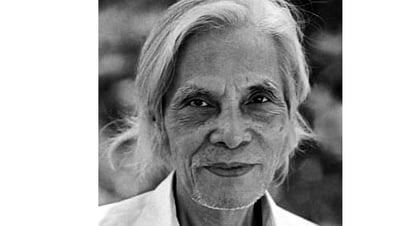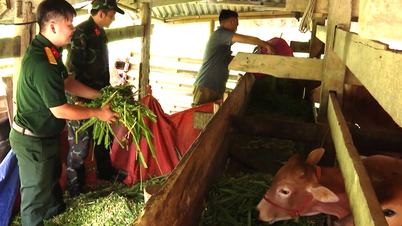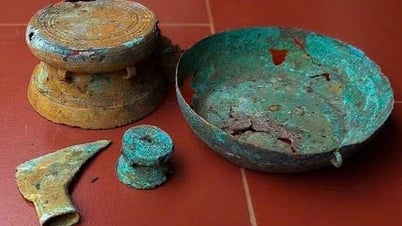An international study has just published the oldest physical evidence of natural interbreeding between Neanderthals and Homo sapiens, at least 80,000 years earlier than previously known evidence.
According to a VNA correspondent in Tel Aviv, the research, led by Professor Israel Hershkovitz (Tel Aviv University) and Anne Dambricourt-Malassé (French National Center for Scientific Research), focused on analyzing the skeleton of a child about 5 years old excavated in Skhul Cave (Israel), dating back about 140,000 years. The research has just been published in the journal L'Anthropologie.
The fossil was discovered about 90 years ago, but has now been reanalyzed using micro-CT scanning and 3D modeling.
The results showed that the skull had the shape of Homo sapiens but also had distinct Neanderthal features, such as the structure of the inner ear, lower jaw and blood supply system in the skull.
In particular, the lower jawbone – now preserved at Tel Aviv University – exhibits typical Neanderthal morphological features.
Professor Hershkovitz stressed that this is much earlier evidence than genetic data that suggested interbreeding occurred around 60,000–40,000 years ago.
“Here we are talking about a human fossil that is 140,000 years old,” he asserted, calling it a major change in understanding human evolutionary history.
The discovery also supports the team’s previous research, which showed that an ancient group of Neanderthals – dubbed the “Nesher Ramla People” – lived in Israel as early as 400,000 years ago. This means that Neanderthals were present in the region when Homo sapiens began to leave Africa around 200,000 years ago.
According to the research team, the child skeleton at Skhul Cave is the earliest fossil evidence of biological and social links between Neanderthals and Homo sapiens.
“The child from Skhul Cave is the direct result of continuous gene exchange from local Neanderthal groups into Homo sapiens,” the report concluded.
This discovery shows that Neanderthals in the Middle East were not separate or in conflict with Homo sapiens, but gradually integrated into the evolutionary line of modern humans - much earlier than in Europe, where interbreeding only occurred tens of thousands of years later./.
Source: https://www.vietnamplus.vn/hoa-thach-140000-nam-tuoi-thay-doi-nhan-thuc-ve-tien-hoa-loai-nguoi-post1056794.vnp




























![[Photo] Politburo works with Standing Committees of Lang Son and Bac Ninh Provincial Party Committees](https://vphoto.vietnam.vn/thumb/1200x675/vietnam/resource/IMAGE/2025/8/20/0666629afb39421d8e1bd8922a0537e6)
![[Photo] Prime Minister Pham Minh Chinh receives Australian Foreign Minister Penny Wong](https://vphoto.vietnam.vn/thumb/1200x675/vietnam/resource/IMAGE/2025/8/20/f5d413a946444bd2be288d6b700afc33)


![[Photo] An Phu intersection project connecting Ho Chi Minh City-Long Thanh-Dau Giay expressway behind schedule](https://vphoto.vietnam.vn/thumb/1200x675/vietnam/resource/IMAGE/2025/8/21/1ad80e9dd8944150bb72e6c49ecc7e08)








































































Comment (0)